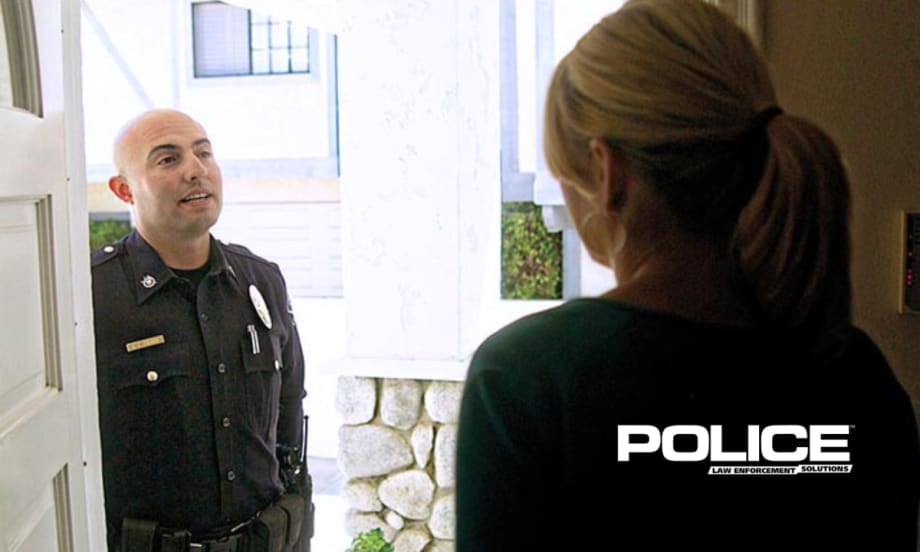Though the mission of a patrol officer is different than that of an investigator, you will find that when it comes to teaching interviews and interrogations, the material is often geared toward an investigator. When a patrol officer takes the same course, it's left up to them to pick and choose what is applicable to them in the field. That being said, I have assembled some useful information specifically tailored for the patrol officer during their initial investigation.
Interview or Interrogation
The goals of an interview are different than those of an interrogation. An
interview
can either be planned or spontaneous in nature. The goal of the interview is to obtain information from anyone having knowledge of the events or circumstances related to the incident you are investigating. Interviews are associated with victims, witnesses, and complainants.
An
interrogation
, on the other hand, is associated with suspects. The goal of an interrogation is to get critical information about the crime that occurred. Ideally when you interrogate the suspect, you end up with an admission or confession. An interrogation can be custodial or noncustodial and I would consider it the more formal of the two.
The purpose of interviews and
interrogations
is the same. They are done in order to collect information, confirm facts, and determine the specific events of the case. You use both at the appropriate times to fill in the blanks when it comes to who, what, when, where, why, and how questions. Your goals for using interviews and interrogation are to obtain the truth of what happened and take whatever measures necessary within the law.
Miranda Warnings
Cases are lost every year due to the mishandling of
Miranda warnings
. Every officer should be familiar with the Fifth Amendment to the United States Constitution which
guarantees certain rights
to those that are being interviewed and or interrogated. To violate these rights will not only trash the investigation but could lead to legal action against the officer. I have included some interview and interrogation specific case law that every officer should be familiar with for your review.













